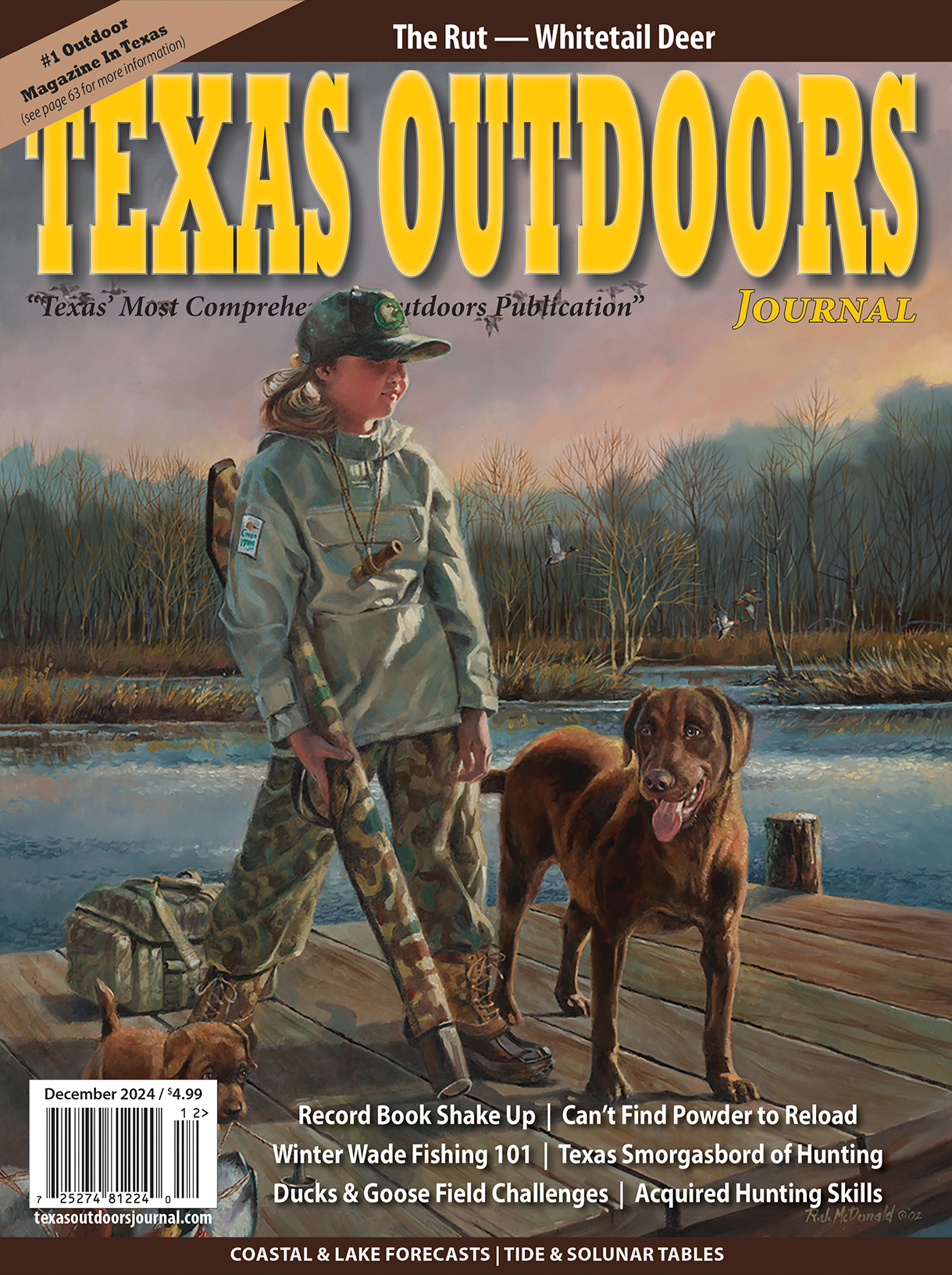
Texas Parks and Wildlife Commission Approves Statewide Deer Carcass Disposal Regulations
AUSTIN — The Texas Parks and Wildlife Commission approved statewide deer carcass disposal regulations during its May meeting in an effort to reduce the risk of transmission of Chronic Wasting Disease (CWD) across the state. For most hunters, these new regulations do not change how they currently care for their deer after harvest.
“Proper disposal of all potentially infectious material is critical for reducing the risk of disease transmission,” said Blaise Korzekwa, TPWD White-tailed Deer Program Leader. “These new regulations provide hunters more options when it comes to processing their deer to reduce that risk. If CWD is not managed and efforts are not made to mitigate potential spread of the disease, the implications for Texas and its multibillion-dollar ranching, hunting, wildlife management and real estate economies could be significant.”
The new regulations, which will take effect during the upcoming hunting season, will allow hunters to debone a carcass at the site of harvest, provided proof of sex and tags are maintained until the hunter reaches the final destination. By leaving the unused parts at the site of harvest, the chance of spreading CWD to other parts of the state is greatly reduced. Meat from each deboned carcass must remain in whole muscle groups (i.e. not chopped, sliced or ground) and maintained in a separate bag, package or container until reaching the final destination.
These disposal measures apply only to unused carcass parts from native deer (i.e. white-tailed deer and mule deer) harvested in Texas that are being transported from the property of harvest. If carcass parts from native deer species are not being transported from the property of harvest, these carcass disposal rules would not apply.
Since many hunters take their harvest to a commercial processor, it will be the processor who then properly disposes unused parts for them. For hunters processing deer at home, disposal in a commercial trash service is preferred, but other options are available.
Acceptable disposal options include:
- Directly or indirectly disposing of the remains at a landfill permitted by the Texas Commission on Environmental Quality to receive such wastes,
- Burying the carcass at a depth of no less than three feet below the natural surface of the ground and covered with at least three feet of earthen material, or
- Returned to the property where the animal was harvested.
For more information visit the CWD page or contact a wildlife biologist.








